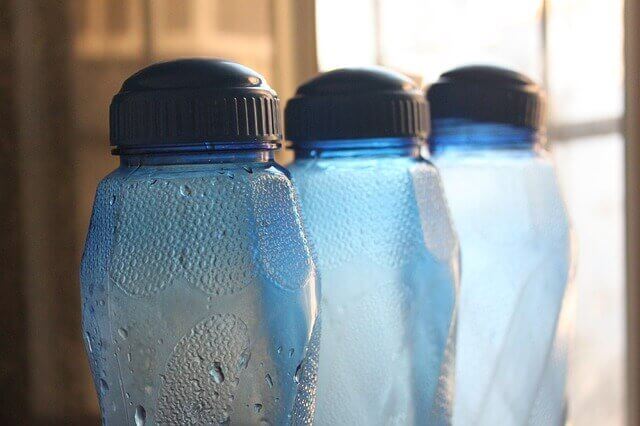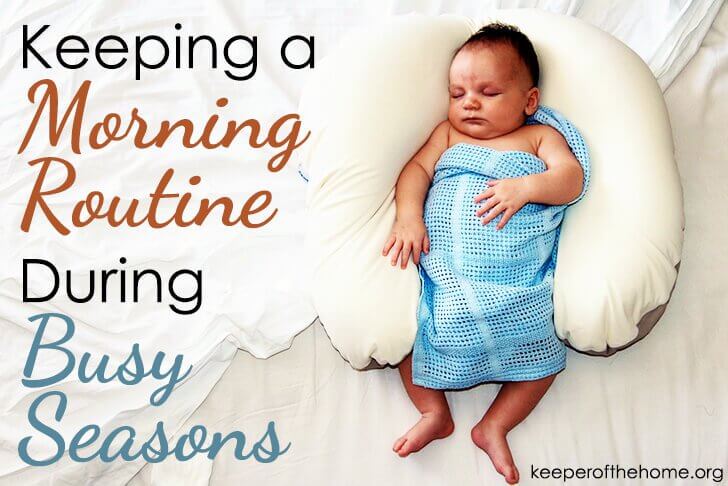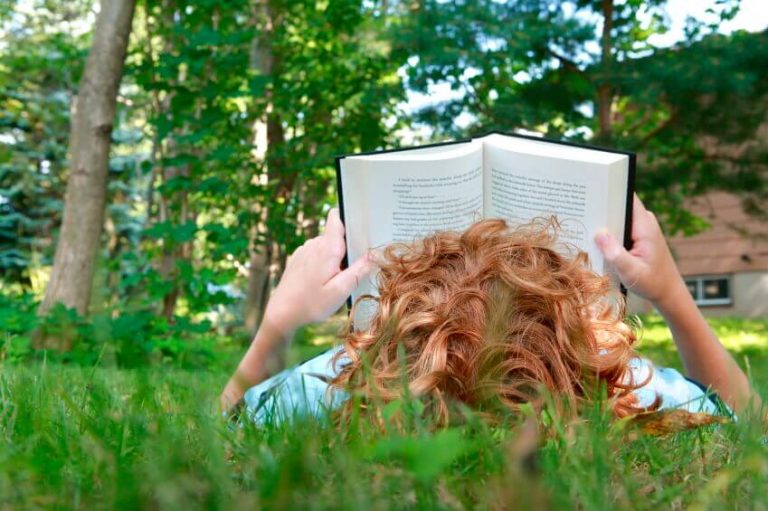Spring cleaning for your plastics!
In the midst of the flurry of spring cleaning that’s happening around the blogosphere right now,this article from The Green Guide seemed particularly relevant. While you’re tackling the kitchen, you may just get motivated to chuck out recycle a whole lot of the plastics that may be bringing some less-than-desirable visitors into your home and bodies. This excerpt from the article explains:
While plastic food wraps and containers play an important role in
protecting us against the dangers of foodborne illnesses, recent studies
show that when certain plastics come into contact with foods, some
questionable chemicals migrate from the packaging to the foods they
contain. In addition, because of the chemicals used during the
manufacturing process, plastic poses threats to our environment and to
the health of the workers who produce it.Read all of the components of the article here:
+ What To Look For
+ Shopping and Usage Tips
;
+ Product Comparisons
;
+ The Backstory
;
+ Related Articles
What I appreciate about this article is it’s practicality. It doesn’t just give you the story and stop there. It lists in detail the different plastic numbers (you know, the little number from 1-7 imprinted inside a recycle circle on the bottom of the product). It lists products containing safer plastics than other products. It tells you which items in your kitchen and home are more likely to be made of dangerous plastics. It even gives you tips for using them safely.
Here are a few steps I’ve taken to reduce our use of unsafe plastics:
*Got rid of our Nalgene bottles
*Stopped buying cling wrap (saran wrap, same thing)
*Am trying to discipline myself not to refill plastic water bottles (a really bad habit I’ve developed lately, out of desperation for a way to get enough water for nursing when we’re out), which should be one-use-only bottles, as they leach more chemicals when being re-used, and especially when left in heat (ie. a hot car). Since I haven’t had the money to spend on these gorgeous and safe water bottles yet (although I’m on the lookout for a great deal, so let me know if you’ve seen one!), I try use my stainless steel coffee travel mugs instead.
*Searched through all of my kids plastic cups, bowls, etc. to see if there were any particularly dangerous plastics lurking among them (there were just a couple items, not too many). At Christmas time I purchased a pack of small, glass Pyrex bowls (meant for custard, I think), which are perfect for soup or oatmeal for my daughter, and although a bit big, work quite well for my son’s baby food as well. Next on my list are stainless steel dessert spoons to use as baby spoons, and to replace the kids plastic cups with real, child sized glasses.
*Threw out our microwave (aside from the overall health concerns, it is also a very bad idea to put plastics in the microwave) , and now use only our toaster oven and the stove top for reheating leftovers. If I need to thaw meat, I try to remember to take it out early and/or let it sit in a sink of cold water (to do this safely you need to make sure that the water stays cool, and that you don’t leave it for long enough to warm up and allow bacteria to flourish).
*Allow leftovers to cool as much as possible before putting them in Tupperware-style containers for the fridge.
*Have plans to scour garage sales this summer for glass Pyrex containers with the plastic lids (like tupperware, but the actual container is glass, not plastic, and it’s clear so nothing can hide in the fridge!)
Are you concerned about the plastics you’re using in your kitchen and for eating and drinking? Have you taken any steps to get rid of dangerous items in your home? What types of alternatives are you using for these common items?





Those are great links that really help! Thanks!
Lately I have had the same concerns. I have also got rid of some things and am in the process of getting rid of others as I can save for replacements.
Alternatives:
– warm up all our food in our toaster oven and on the stovetop.
-glass containers with lids, which I watch for sales on and got 75% off. Downside: breaks easily when dropped and has already happened.
-wooden and metal cooking utensils for cooking
-always used normal sized soup bowls for my toddler, even as a baby starting solids. Also I only ever gave her a regular spoon even as a baby (the smaller one, not the soup one) and she did fine.
-saving up for those stainless steel bottles. We were able to find a cheaper place closer to home (also saves on shipping) check outdoor stores near you.
-glass mason jars (meant for canning) with their disk lids and metal bands for leftovers that are more “soupy” like soups, stews, etc. and also for mixing/storing frozen juice. Cheaper than those pyrex glass and readily available second hand. I do re-use the “done” disk lids for this a few times (and I have a ready supply of ones to re-use from when we empty jars of home canned items) as they don’t touch the food and its being stored in the fridge, not on a shelf like home canned things where you need new disk lids. I have been able to find these jars at second hand many places even in 1L sizes for as little as 10 cents and sometimes the big ones for about $2 or less each.
I’ve actually been posting a bit about the safety of plastics on my own blog the last couple of weeks. I’ve thrown away our old containers and will be on the lookout myself for glass containers during garage sale season. I also try not put any fatty foods into plastic as that speeds up the leaching as well.
We’re also in the midst of getting rid of plastics, Nalgene, etc. One thing that I wanted to recommend was to purchase some 8oz wide-mouth jelly jars for your son’s food. They are freezable, microwaveable and, being wide-mouth, easy to fill, use and clean. They are great to throw in your bag when you’re on the go (as you would with store-bought baby food) without having to worry about defrosting three food cubes and putting them in (normally a plastic) a bowl with lid . . . I kept making the food cubes for home, but kept on hand several breakfast and lunch options frozen in portion-sizes (level 3 baby food normally came in 6oz jars so I would just not fill it up all the way up, then I also wouldn’t have to worry about expansion in the freezer) in the jelly jars in my freezer. It worked great!
You can normally find them at any local hardware store and sometimes for really cheap at second hand stores.
Hope this helps!
Have a great day!
Sarah
I’ve been tossing things as I find them. I’ve been able to find silver baby spoons at garage sales, believe it or not! I think some people don’t know that if you polish them they get shiny again!
I’ve thrown out the plastic measuring cups and bought Pyrex. I also threw out some baby bottles and plastic plates. I bought a stack of salad plates at Goodwill (they always seem to have lots of the small plates) that the children use (part of this is our dishwasher died, and it’s hard to wash greasy plastic by hand!)
I did find a cheap solution to stainless steel water bottles… but I haven’t tried it yet LOL
http://milehimama.blogspot.com/2008/02/reusable-water-bottle-cheap.html
I’m so sad–I love my Nalgenes! I was just e-mailing with a friend about them today, and had never heard before that they’re potentially dangerous. I’ll be interested to hear if you see a deal on Siggs.
I am so sad to learn that my favorite water bottle (http://www.bottledepotplastics.com/products.html) will no longer be a “favorite!” I got it at Whole Foods, so of course I automatically thought it was safe. Ughh. I have been saving up glass bottles and jars that we buy pasta sauce in (etc) and I use those to store things in. Thank you so much for all of the tips!
Does anyone know anything about what the SIGG liner is made of? Their website is pretty vague, except for saying that it doesn’t leach anything. I guess I would like to know more from an objective 3rd party before spending a hundred bucks to outfit my family with water bottles!
I have been using this rubbermaid bottle – it’s made of polypropylene (#5) which is on the “safe” list. Any thoughts on it from anyone?
http://www.rubbermaid.com/rubbermaid/product/product.jhtml?prodId=HPProd100018
Okay, this plastic scare has me paranoid now! I know we have nothing to fear, but we are to take good care of our family. SO, my questions are: is it only beverages that we are to worry about or all food? Can I still store my dry goods in Tupperware? What about Ziploc bags or should I find an alternative to those as well? We do not have a microwave so I have actually switched to mainly glass, but I do still store and freeze many leftovers in plastic. Thank you for listening to my questions and providing any clarification that you can.
I believe they reformulated nalgene bottles; the new ones are labeled ‘BPA Free’ 🙂